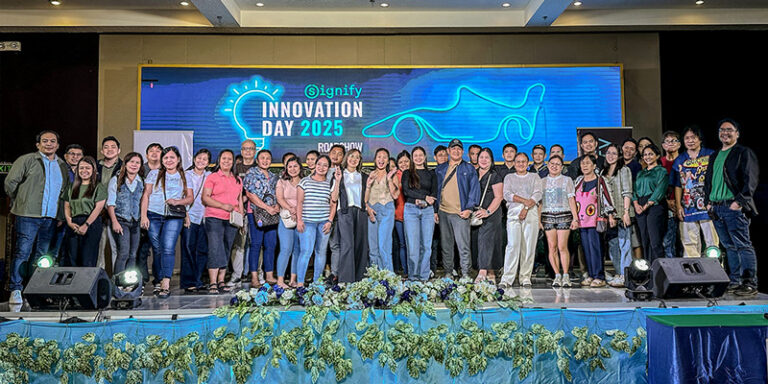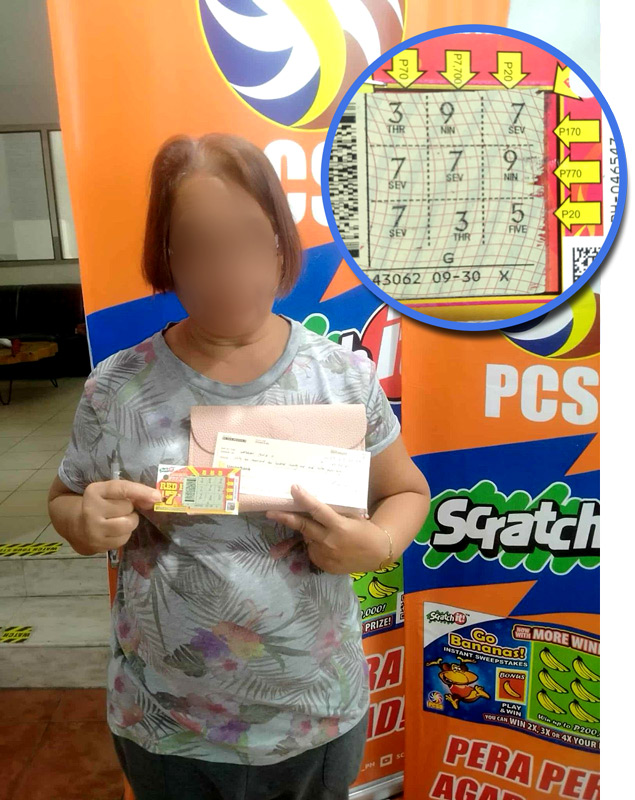
Director Ahmma Charisma Satumba, of the Department of Labor and Employment’s Bureau of Workers with Special Concerns, gestures as she speaks about the Human Resource Development Master Plan for the Sugarcane Industry. (Photo by Sherwin Manual)
DAVAO CITY – The Philippine sugarcane industry is ready for the ASEAN Economic Integration and officials said the sector has developed the Sugarcane Industry Roadmap and the Human Resource Development (HRD) Master Plan for the Sugarcane Industry.
This HRD master plan led by the Department of Labor and Employment’s (DOLE) Bureau of Workers with Special Concerns (BWSC) tackles how the industry can be competitive and productive particularly its workers who are identified among the labor force’s vulnerable sector.
The HRD Master Plan is complemented by the Sugarcane Industry Roadmap of the Sugar Regulatory Administration (SRA).
BWSC Director Ahmma Charisma Satumba said the plan has undergone various consultation process starting off with a plantation level focus group discussion, district level planning, regional action planning, island-cluster planning, the national validation and presentation and finalization of the HRD Master Plan.
“As this is a convergence effort, we involve as many sectors so that stakeholders under the sugarcane industry will have ownership of the HRD plan,” Satumba said.
Other key players in the convergence include Departments of Agriculture, Science and Technology, Trade and Industry, Professional Regulation Commission and the Regional Tripartite Wages and Productivity Board.
Satumba added the plan aim to support the industry, more importantly its workers to be more competitive and productive.
Sugarcane industry is operating on 23 provinces in the whole country. Mindanao’s major sugarcane producer is Davao del Sur, Bukidnon and North Cotabato. Sugarcane is the Philippines’ fourth largest crop after coconuts, corn and rice which provides direct employment.
Among ASEAN region, the country’s sugarcane industry covering 423,000 hectares with 28 sugar mills and 14 sugar refineries ranks 2ndto Thailand. In 2013-2014, the industry contributed close to P88 Billion to the national economy. The industry has more than 700,000 workers with 5 million dependents.
DOLE Regional Assistant Director Venerando Cebrano said the convergence is good avenue for the convergence paving the way towards protection of work force the sugar industry. “With the advent of the ASEAN Integration we need to be fully cognizant of its impact to the sugar industry in terms of employability, competency and work productivity,” Cebrano said.
“Together with the SRA and BWSC’s initiative, we have this ample opportunity to develop a clear assessment of our shortcomings and basic framework to address them,” he added.
Among the strategies identified to improve the country’s sugarcane competitiveness is mechanization, block farming since most of sugarcane farms are only 5 hectares or less, skills training and even scholarships for the professionals for the industry. (Sherwin Manual)
Like Us on Facebook: https://www.facebook.com/mindanaoexaminer
Follow Us on Twitter: https://twitter.com/MindanaoExamine
Read Our News on: http://www.mindanaoexaminer.com/ and http://www.mindanaoexaminer.net/
Share The News



